10 Italian Supercars That Fell Flat (And 10 That Set the World on Fire)
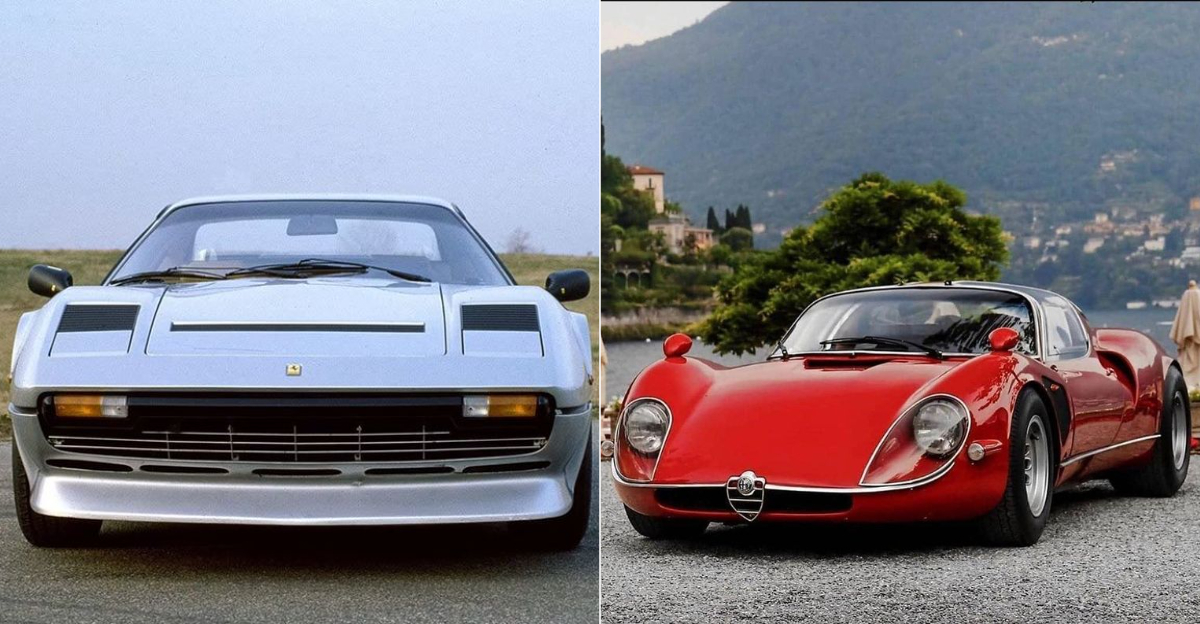
Italian supercars ignite dreams. Those are stunning vehicles that thunder through scenic routes, exuding luxury and crafted with fervor. Icons like Ferrari, Lamborghini, and Maserati have shaped automotive history with their daring designs and blistering speed.
Yet, even these titans have faltered. For every triumph that ruled the roads, there’s a blunder that puzzled enthusiasts. This list dives into both extremes: 10 Italian supercars that missed the target and 10 that cemented Italy’s supremacy in the supercar realm.
1. Ferrari Mondial (1980–1993)
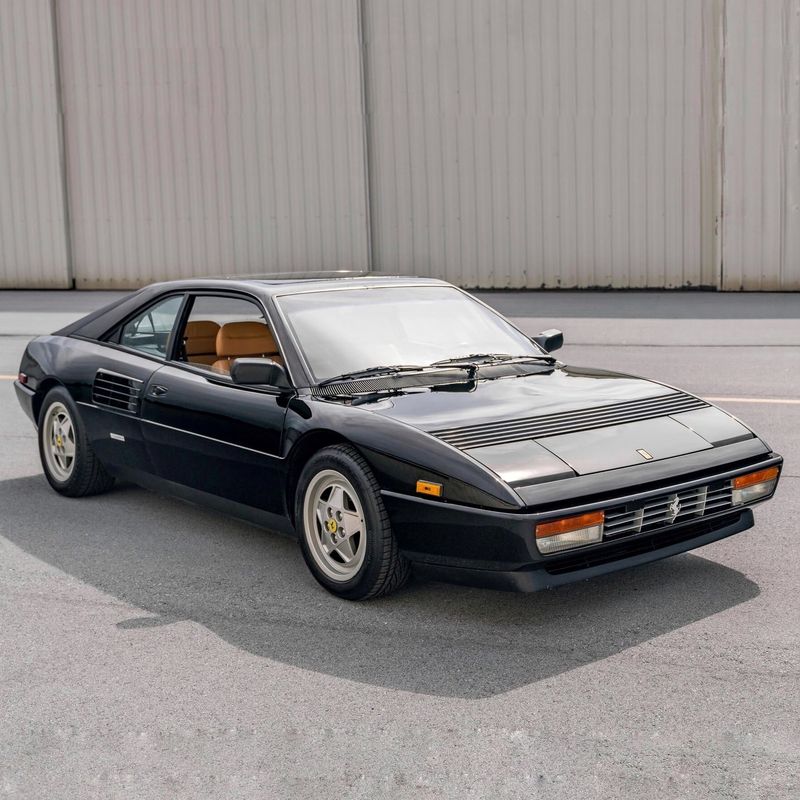
The Ferrari Mondial attempted to blend practicality with performance, but it ended up doing neither well. Its underpowered V8, heavy body, and uninspired styling made it feel far removed from Ferrari’s high-performance image.
While it offered 2+2 seating and a mid-engine layout, it lacked the excitement fans craved. Time hasn’t been kind to the Mondial, which is often remembered as one of Ferrari’s least thrilling efforts.
2. Alfa Romeo 4C (2013–2020)
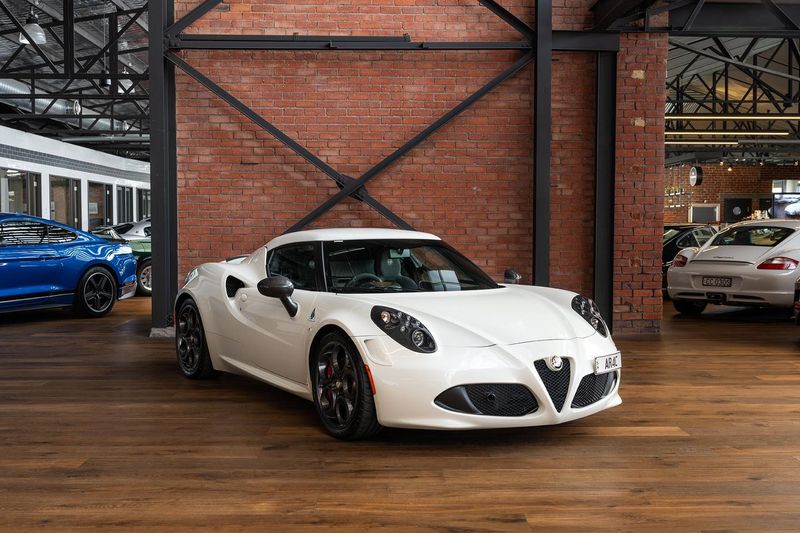
The 4C debuted with promise: a lightweight chassis, striking looks, and a carbon-fiber monocoque. But driving it proved to be a mixed bag. It had no power steering, an unrefined ride, and was surprisingly uncomfortable for daily use.
Its stunning appearance couldn’t mask the lack of polish, and it faded out without leaving a major mark.
3. De Tomaso Pantera (1971–1992)
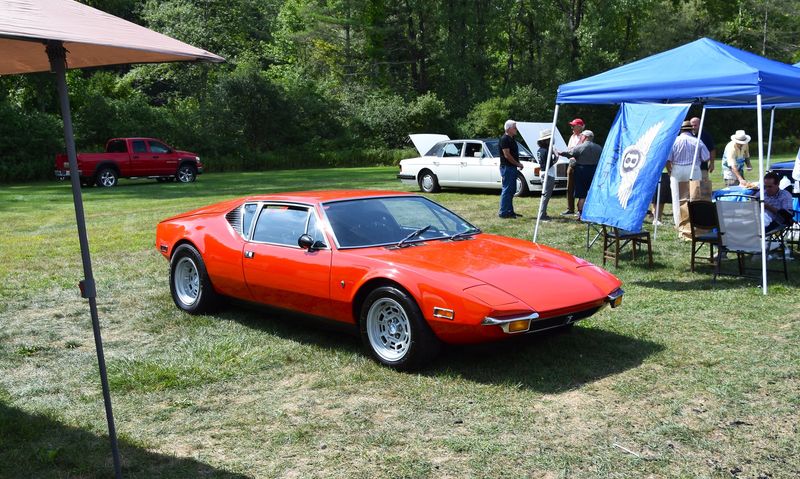
A paradox with a breathtaking body, the Ford-powered Pantera blended Italian style with American muscle but was marred by flaws. Cooling issues, poor build quality, and rust haunted early models.
Its bold roar couldn’t mask the maintenance woes, dimming its potential despite its allure.
4. Lamborghini Espada (1968–1978)

The Espada ventured into four-seater GT territory, aiming to blend family-friendly space with Lamborghini’s edge.
Its odd styling and complex mechanics alienated buyers, lacking the luxury of a true grand tourer or the thrill of a classic Lambo.
It remains a quirky outlier in the brand’s vibrant history.
5. Maserati Biturbo (1981–1994)
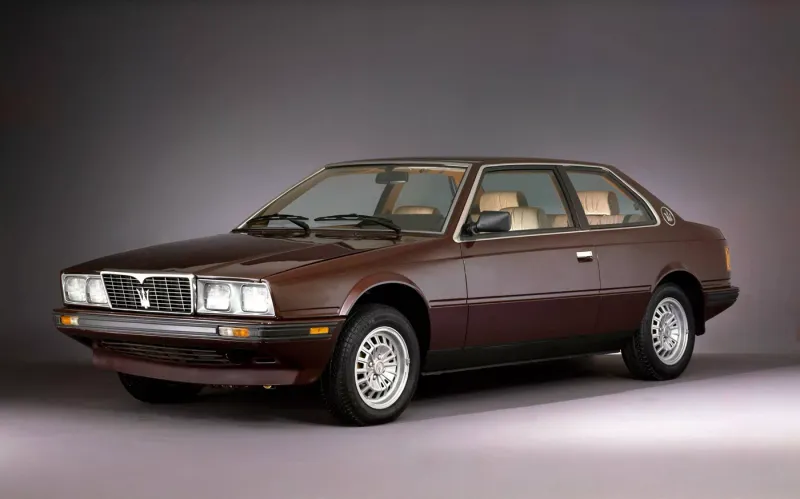
The Biturbo was supposed to make Maserati accessible to the masses, but its execution was anything but premium. Prone to engine and electrical problems, it quickly earned a reputation for being undrivable.
The design wasn’t enough to redeem its performance issues, and it severely hurt Maserati’s reputation in the years that followed. It’s a textbook example of how not to expand a luxury brand.
6. Iso Grifo Series II (1970–1974)
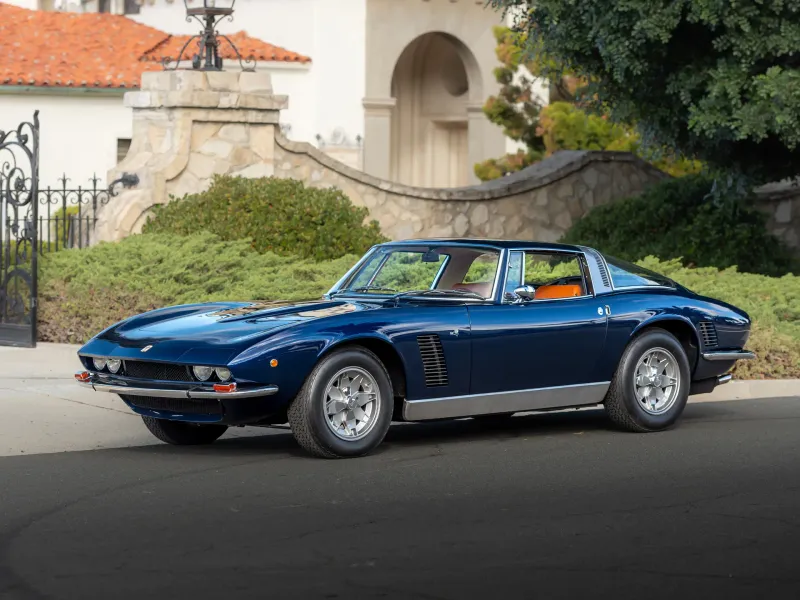
While the original Grifo had charm and muscle, the Series II lost its way. Styling tweaks didn’t age well, and the car lacked refinement and quality control.
Despite having a powerful engine under the hood, it couldn’t match rivals in handling or desirability. Iso went defunct shortly after, and the Grifo’s awkward finale didn’t help.
7. Lancia Montecarlo (1975–1981)
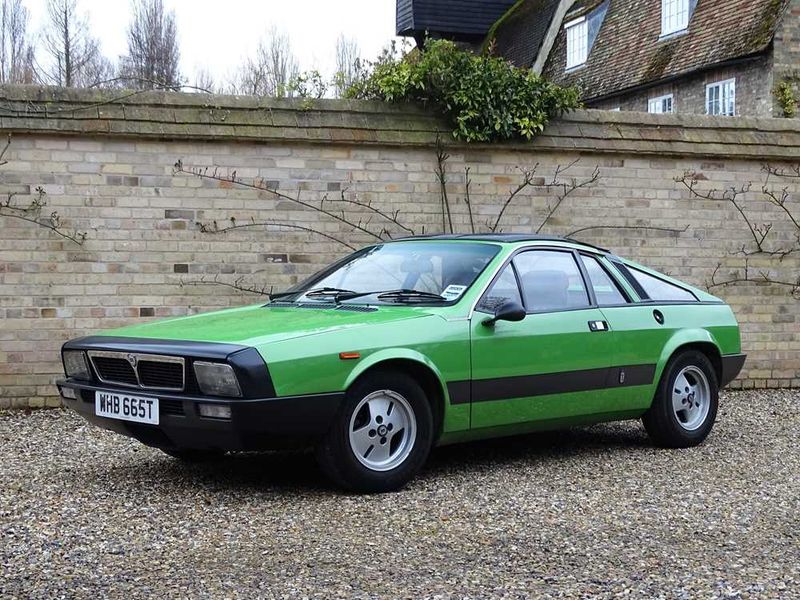
Though it had sleek Pininfarina styling, the Montecarlo’s underwhelming power and brake problems made it a tough sell. It was plagued by issues that even led to a production pause to fix design flaws.
What should’ve been a mini-Ferrari for the masses ended up being largely forgotten. Today, it’s more of a curiosity than a collector’s item.
8. Ferrari 208 GTB/GTS Turbo (1980–1986)
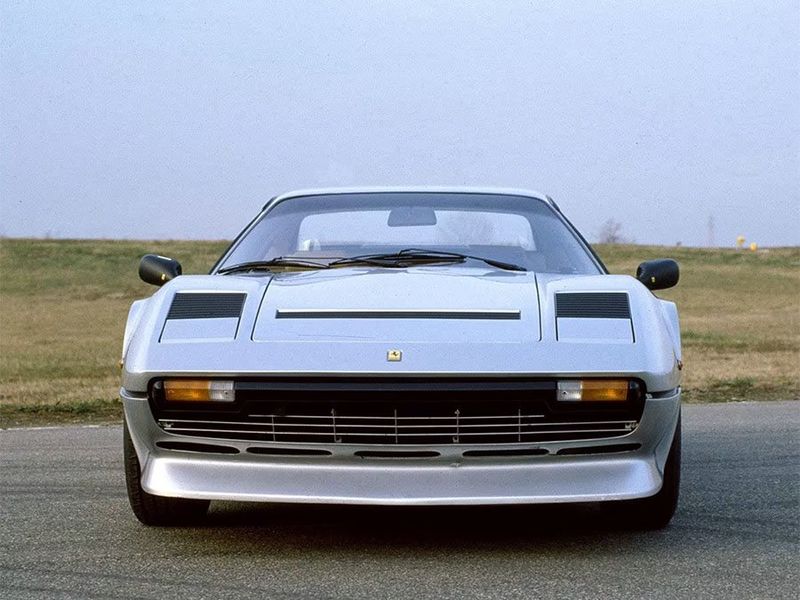
Built to skirt Italy’s tax laws on larger engines, the 208 Turbo boasted Ferrari looks but lacked the brand’s signature vigor. Early models crawled, and even turbo versions underwhelmed.
Bearing the prancing horse, it failed to deliver the exhilarating drive fans expected.
9. Lamborghini Jarama (1970–1976)
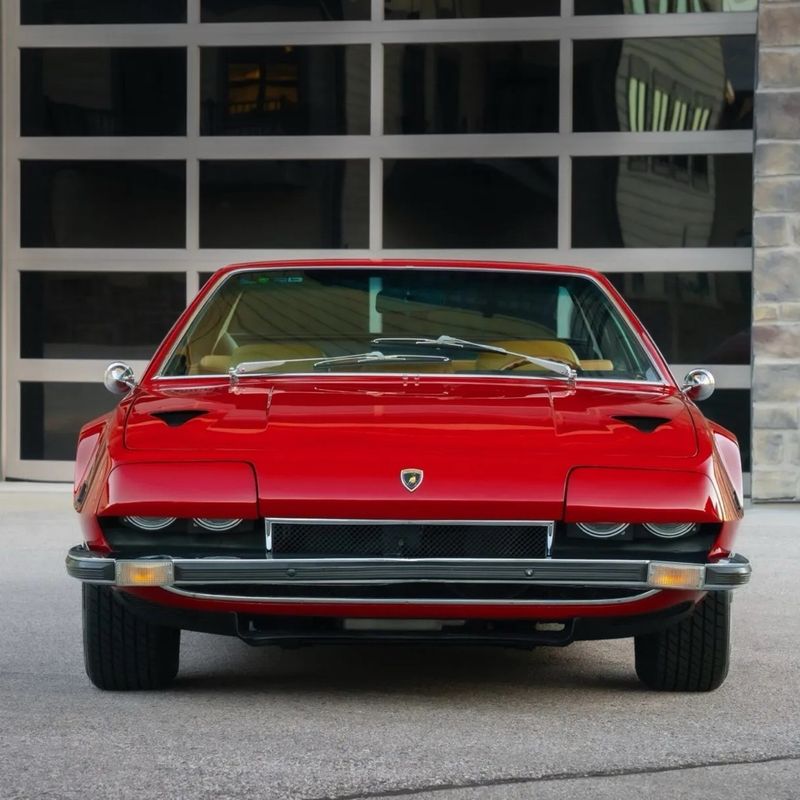
The Jarama tried to combine practicality with Lamborghini’s signature flair, but its styling was too boxy and performance too tame. It lacked the drama and sex appeal of the Miura or Countach.
Sales were modest, and Lamborghini quietly pulled the plug after a few years. It’s rarely mentioned even among hard-core fans of the brand.
10. Maserati Merak (1972–1983)
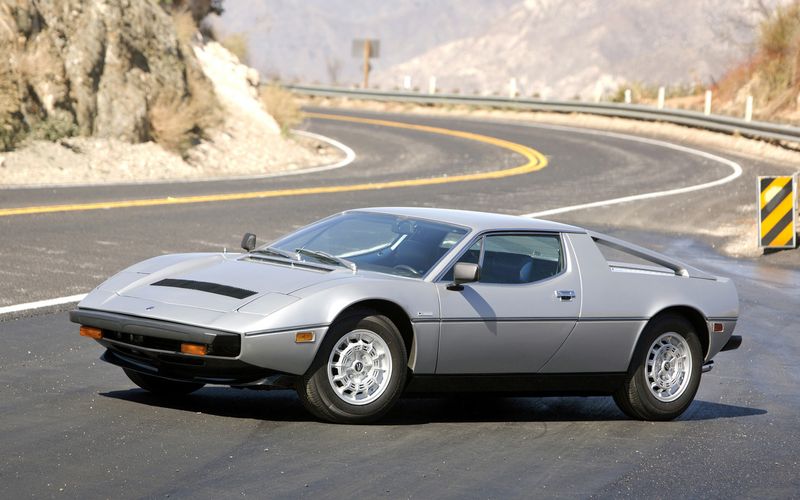
The Merak was an attempt to offer a cheaper, more accessible mid-engine Maserati. Unfortunately, it was plagued by quirky Citroën-derived mechanicals, a lack of refinement, and tepid performance.
Despite its lovely silhouette, the Merak never fully delivered as a true sports car. It now exists in the shadow of its better-built contemporaries.
11. Lamborghini Miura (1966–1973)
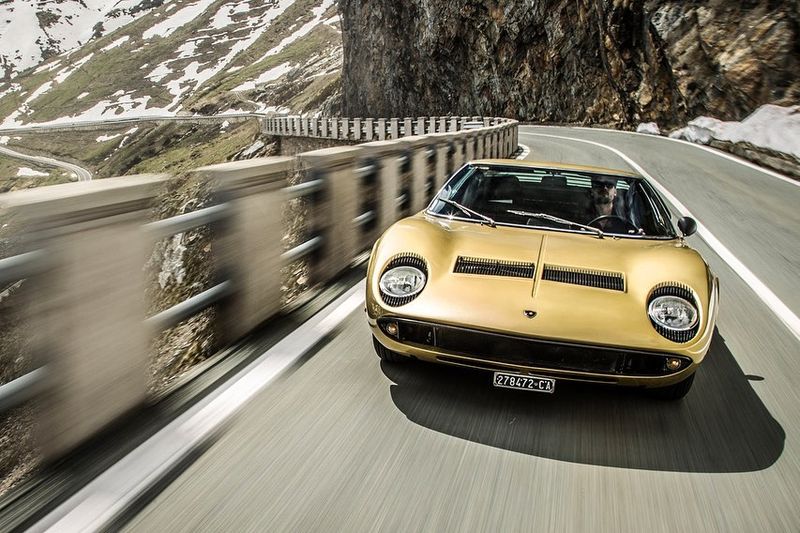
The Miura revolutionized supercars as the first mid-engine marvel, blending Bertone’s breathtaking design with a ferocious V12.
Its beauty and engineering prowess elevated Lamborghini to elite status. Decades later, it’s still hailed as one of the most stunning cars ever crafted.
12. Ferrari F40 (1987–1992)
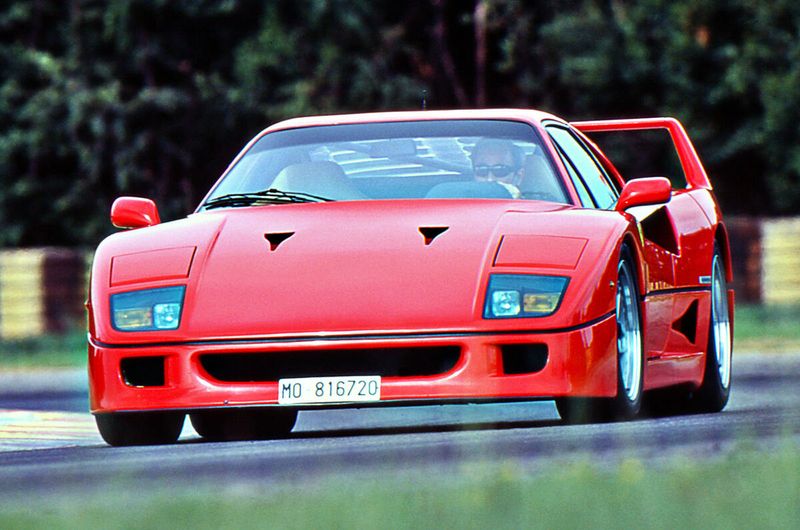
Endorsed by Enzo Ferrari himself, the F40 was a raw, twin-turbo V8 beast with no electronic crutches. Built for Ferrari’s 40th anniversary, it channeled racing DNA into a road car.
A collector’s treasure, it embodies the brand’s unfiltered passion and performance.
13. Pagani Zonda (1999–2017)
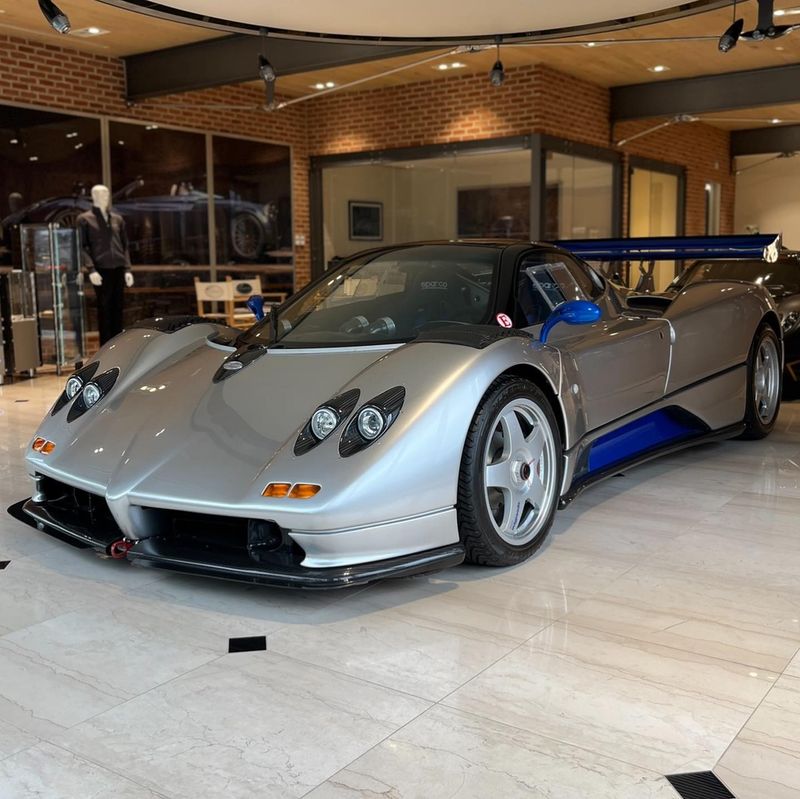
Horacio Pagani’s debut, the Zonda, dazzled with a handcrafted carbon-fiber body and a thrilling AMG V12. Its meticulous design and bespoke interior set a new bar for artisanal supercars.
Far from mere hype, it redefined exclusivity and performance.
14. Lamborghini Countach (1974–1990)
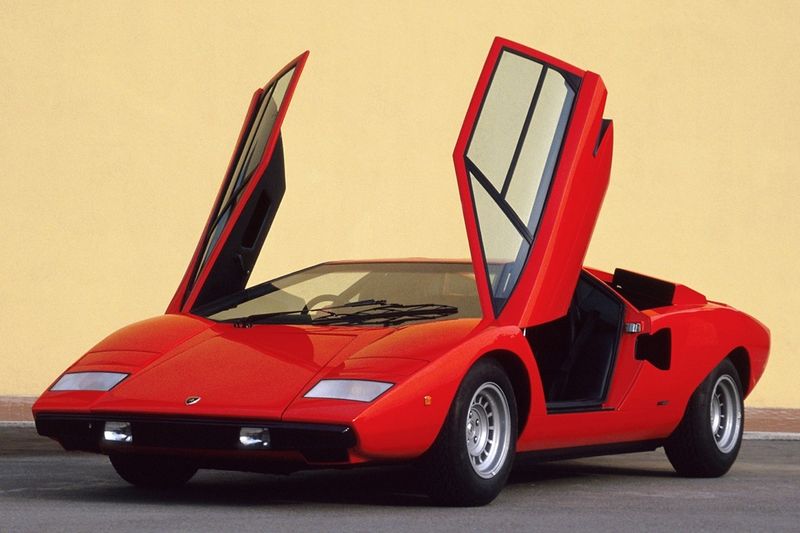
Few cars have had the visual impact of the Countach. Its angular design, scissor doors, and space-age presence made it the ultimate bedroom poster for an entire generation.
Beneath the theatrics was a powerful V12 that demanded respect. It was wild, impractical, and utterly unforgettable.
15. Ferrari LaFerrari (2013–2018)
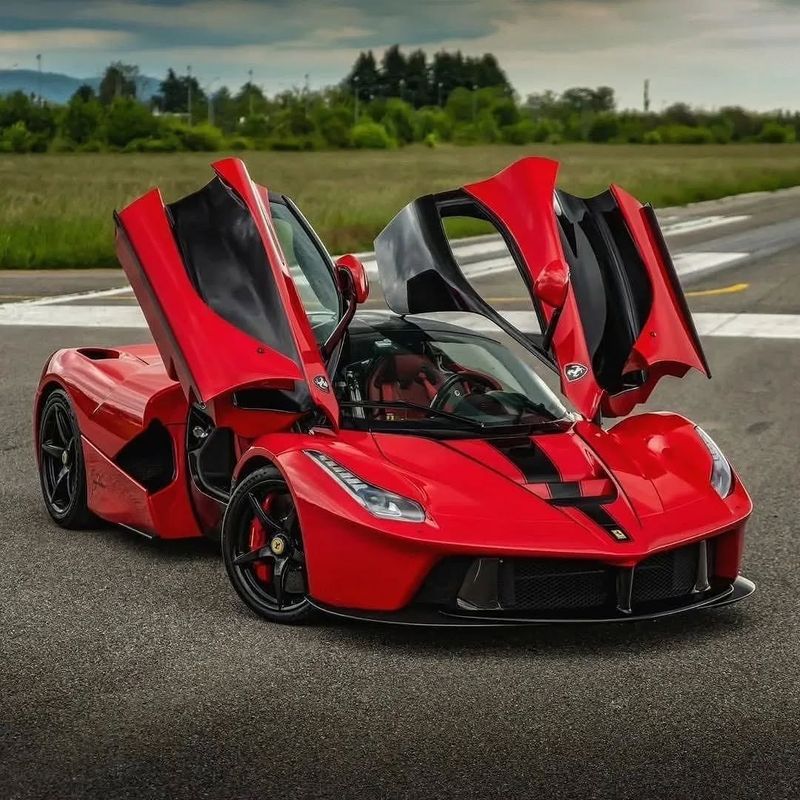
Ferrari’s first hybrid hypercar, the LaFerrari, fused a V12 with electric power for 950 horsepower. Its cutting-edge tech and breathtaking design shattered expectations.
No mere eco-experiment, it’s a ferocious testament to Ferrari’s engineering dominance.
16. Alfa Romeo 33 Stradale (1967–1969)
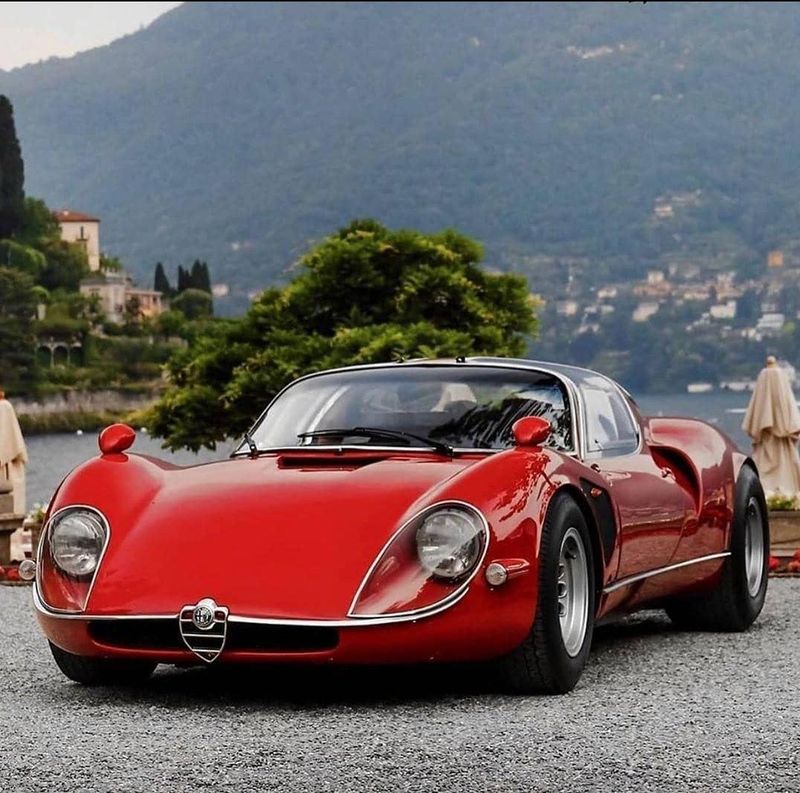
Rare, beautiful, and achingly desirable, the 33 Stradale is one of the prettiest cars ever made. With only 18 units built, it’s more art than automobile.
But behind the looks was a race-bred V8 and aluminum construction that made it a true driver’s car. It’s a near-mythical unicorn among collectors.
17. Ferrari 458 Italia (2009–2015)
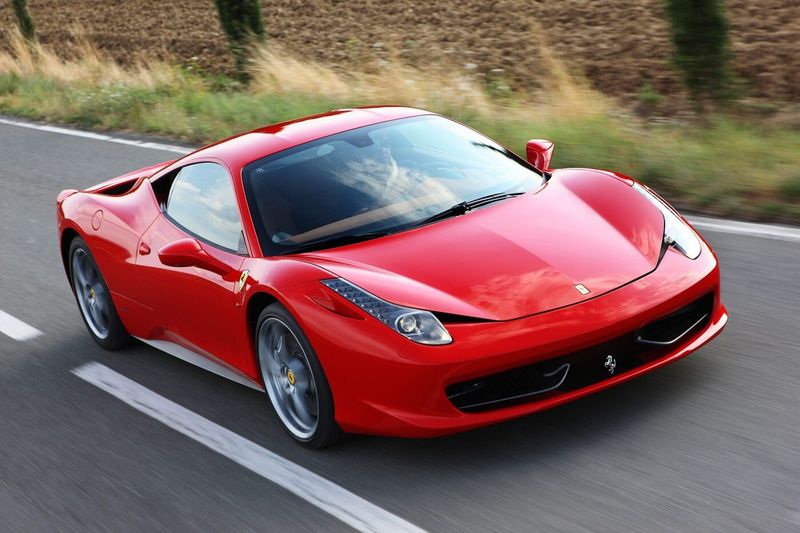
The 458 was a masterclass in balance, precision, and emotion. Its high-revving V8 and dual-clutch gearbox offered a thrilling, yet accessible driving experience.
It also marked the peak of Ferrari’s naturally aspirated era. Sleek, sharp, and shockingly usable, it remains a fan favorite.
18. Lamborghini Huracán Performante (2017–2019)
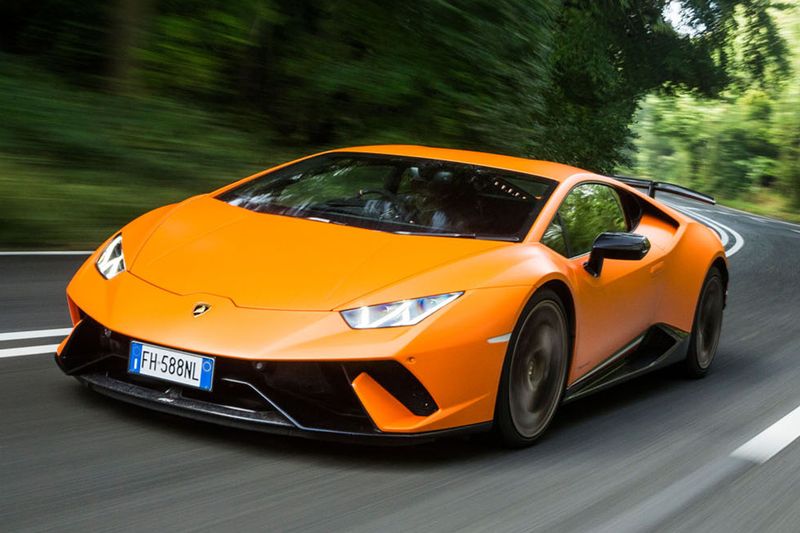
Elevating the Huracán, the Performante added lightweight materials and active aerodynamics, smashing Nürburgring records.
Its razor-sharp handling and fierce demeanor redefined track-ready Lambos. Blending style with substance, it’s a pinnacle of performance.
19. Ferrari Enzo (2002–2004)
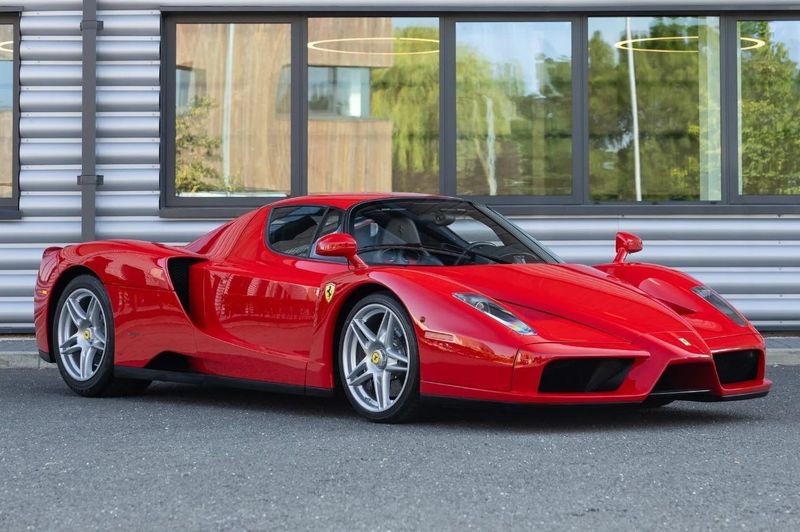
Named for Ferrari’s founder, the Enzo brought Formula One tech to the road with a 6.0-liter V12 and carbon-fiber chassis. Its polarizing design matured into a timeless icon.
Bold and commanding, it’s a definitive supercar statement.
20. Maserati MC20 (2020–present)

With the MC20, Maserati made a triumphant return to the supercar arena. Featuring a twin-turbo V6 derived from F1 tech, sleek aerodynamics, and a carbon-fiber chassis, it’s every bit a modern contender.
It blends Italian artistry with serious performance. The MC20 signals that Maserati is once again ready to play with the big boys.
